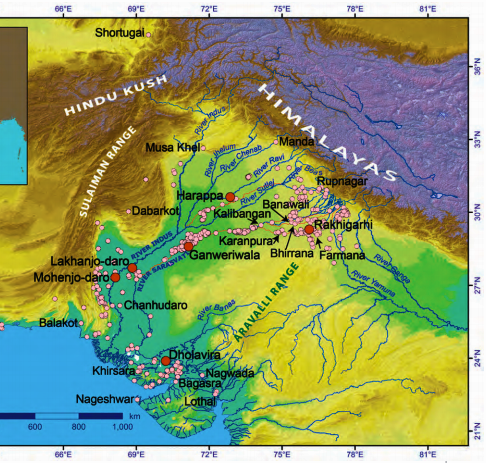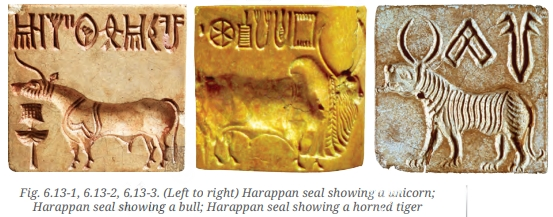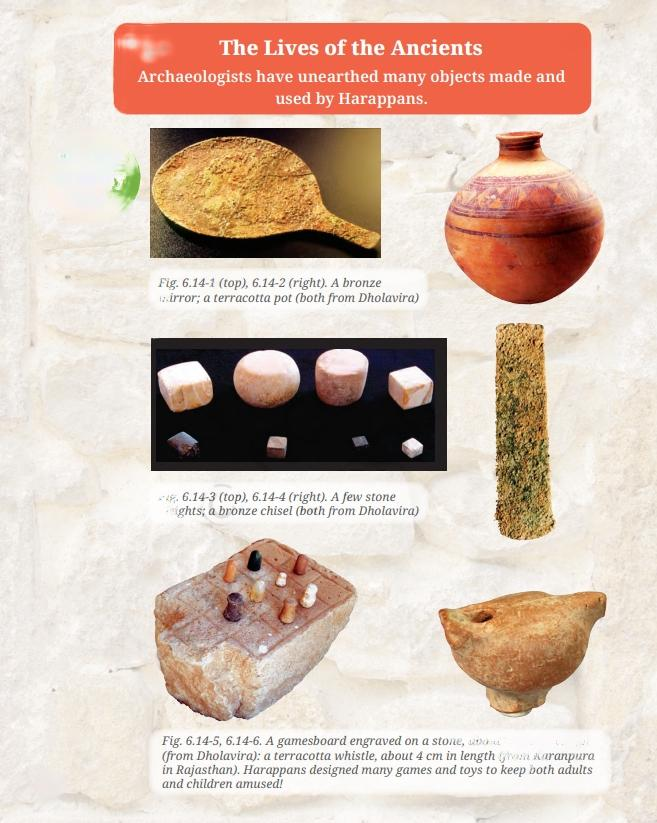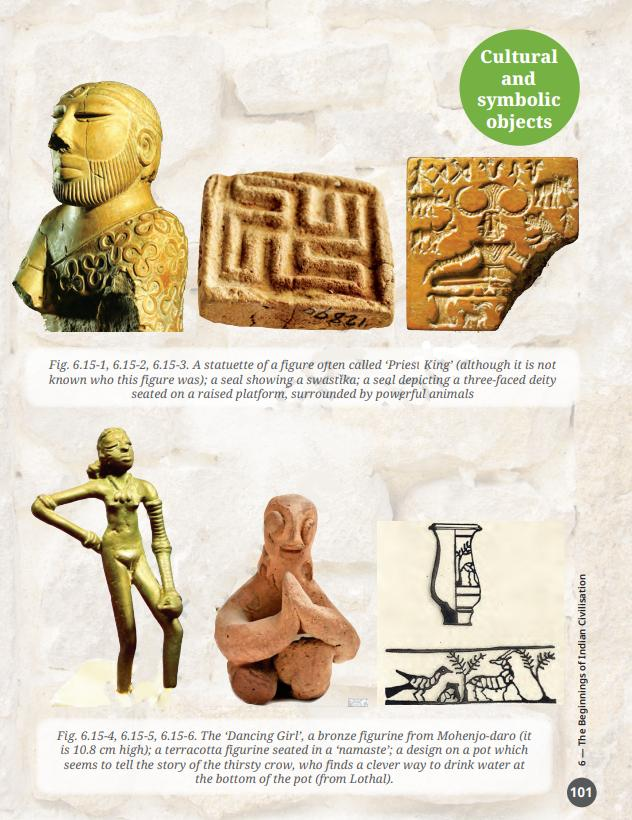What Are The Class 6 Social Science Chapter 6 NCERT Solutions for The Beginnings Of Indian Civilisation?
FAQs on NCERT Solutions for Class 6 Social Science Chapter 6 The Beginnings Of Indian Civilisation
1. What are the main features of the Indus Valley Civilization according to class 6 NCERT solutions?
NCERT Solutions for class 6 highlight that the Indus Valley Civilization was known for its well-planned cities, advanced drainage systems, standardized weights and measures, and skilled craftsmanship. This civilization flourished around 2500-1900 BCE in the northwestern regions of the Indian subcontinent, making it one of the world's earliest urban civilizations.
2. How can students access the beginnings of Indian civilization NCERT PDF for offline study?
Students can download the free PDF of Chapter 6 from the official NCERT website or educational platforms like Vedantu for convenient offline access. This becomes particularly useful when preparing for exams or studying in areas with limited internet connectivity.
3. What evidence do archaeologists use to study the Indus Valley Civilization?
Archaeologists rely on physical remains like pottery, seals, tools, ornaments, and structural ruins to understand the Indus Valley Civilization since the Harappan script remains undeciphered. These material evidences provide insights into their daily life, trade practices, religious beliefs, and social organization.
4. Which major sites belong to the Indus Valley Civilization and what makes them significant?
The major Indus Valley sites include Harappa, Mohenjodaro, Dholavira, Kalibangan, and Lothal, each revealing unique aspects of Harappan urban planning and lifestyle. These excavated cities demonstrate the widespread nature of this civilization across modern-day Pakistan and northwestern India.
5. How do NCERT solutions help students understand the decline of the Indus Valley Civilization?
The step-by-step explanations in NCERT solutions present multiple theories about the Harappan decline, including climate change, natural disasters, and invasion theories, helping students analyze different perspectives critically. This approach encourages students to understand that historical events often have multiple possible explanations rather than single definitive causes.
6. What type of questions appear in class 6 social science chapter 6 question answer sections?
The question-answer sections typically include short answer questions about Harappan features, map-based activities identifying civilization sites, and descriptive questions comparing urban planning with modern cities. These questions test factual knowledge, geographical awareness, and analytical skills simultaneously.
7. What crafts and occupations existed in the Indus Valley Civilization?
The Harappan people engaged in pottery making, bead crafting, metalworking with bronze and copper, textile weaving, and seal carving, indicating a highly skilled and specialized society. Archaeological evidence suggests they also practiced agriculture, animal husbandry, and extensive trade networks.
8. How did trade contribute to the prosperity of the Indus Valley Civilization?
Trade networks extending from Afghanistan to Gujarat brought wealth and cultural exchange to Harappan cities, with evidence of standardized weights and measures facilitating commercial transactions. The discovery of Harappan seals in Mesopotamian sites confirms long-distance trade relationships that enhanced economic prosperity.





























